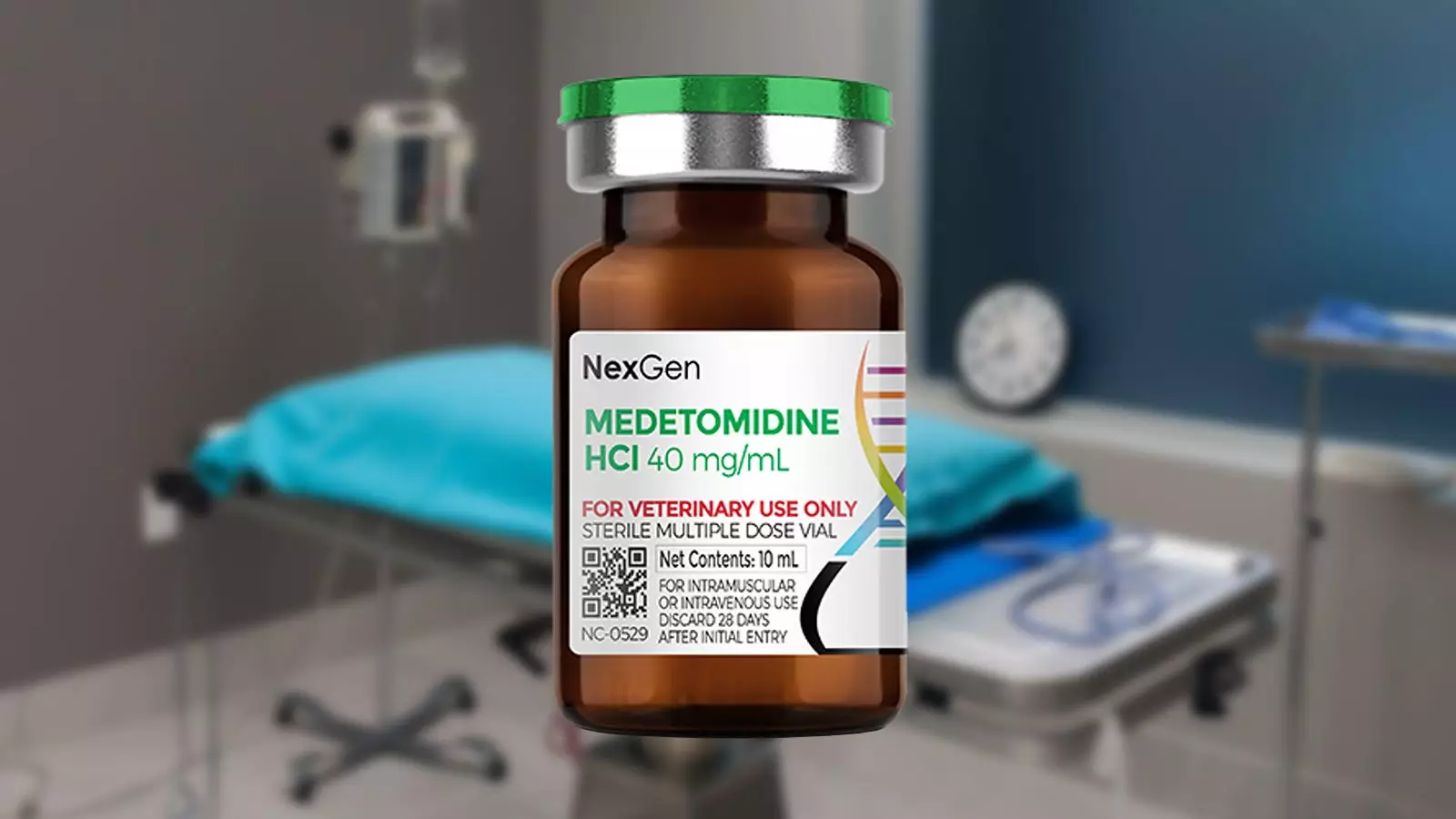The drug sample in question contained a mix of nitazenes, fentanyl analogues, xylazine, diphenhydramine, caffeine, and medetomidine. While familiar with managing overdoses, the mentioned specimen stood out due to its unusual effects. The patient presented like a classic opioid overdose, but standard treatments were ineffective. The discovery of medetomidine in the sample shed light on a growing trend of mass overdoses caused by new substances entering the drug supply.
Medetomidine, a drug with a mechanism of action similar to xylazine, has made its way into the illicit opioid supply, causing chaos among users and healthcare professionals. Unlike opioids, medetomidine is used in veterinary medicine and has potent and long-lasting effects. The drug has led to overdoses that do not respond to standard reversal measures, posing a significant challenge in managing its toxic effects. With no approved antidote for medetomidine in humans, the risks associated with its use remain largely unknown.
The emergence of medetomidine in street drugs raises questions about why non-opioid substances are being added to traditional opioid products. The intent behind blending medetomidine with heroin or fentanyl is unclear, but it may be to enhance the effects of opioids while reducing the amount of fentanyl used. The prevalence of medetomidine in drug samples suggests a deliberate effort to alter the potency of street drugs, complicating overdose management and treatment strategies.
As new substances continue to infiltrate the drug supply, the need for research and evidence-based interventions becomes more pressing. Criminalizing street drugs hinders scientific study and further exacerbates the challenges faced by healthcare providers in treating overdoses and substance use disorders. The polarized views on harm reduction measures highlight the urgency of expanding access to safer drugs and implementing harm reduction strategies to mitigate the risks associated with the ever-evolving opioid crisis. With preventable overdose deaths on the rise, policymakers are urged to prioritize evidence-based solutions to address the ongoing public health crisis.

Leave a Reply